Handheld gaming PCs have surged in popularity over the past few years, largely thanks to the success of the Steam Deck. Following in Valve's footsteps, Lenovo has introduced the Lenovo Legion Go S, which draws closer to the Steam Deck's design than its predecessor, the original Legion Go. The Legion Go S features a sleek unibody design, ditching the Switch-inspired removable controllers and the array of extra dials and buttons found on the original model. A notable upcoming feature is a version of the Legion Go S that will run SteamOS, making it the first non-Valve handheld to use this Linux-based operating system. However, the version I reviewed runs Windows 11, and at $729, it struggles to stand out among its competitors in the Windows 11 handheld market.
Lenovo Legion Go S – Photos
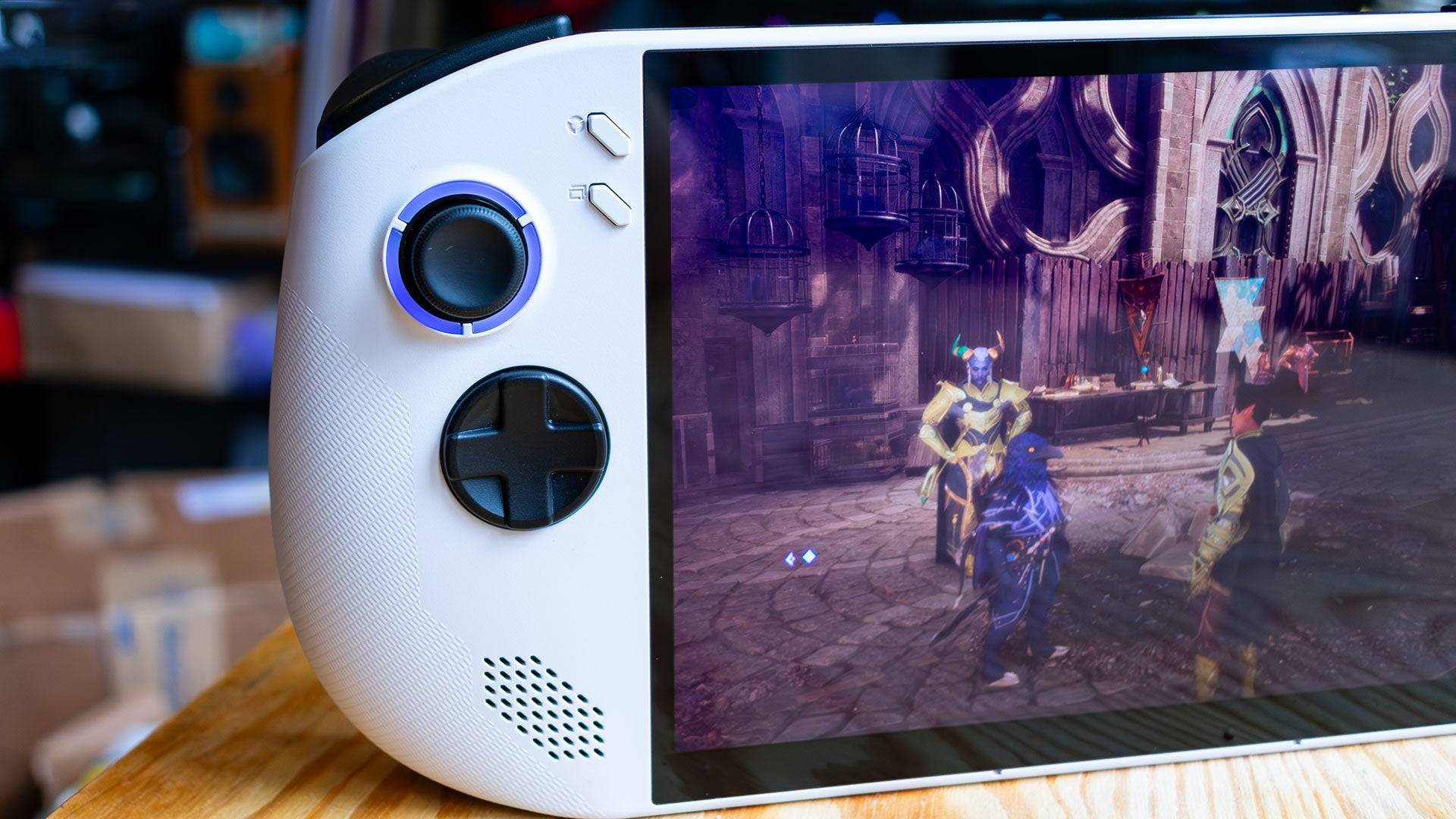
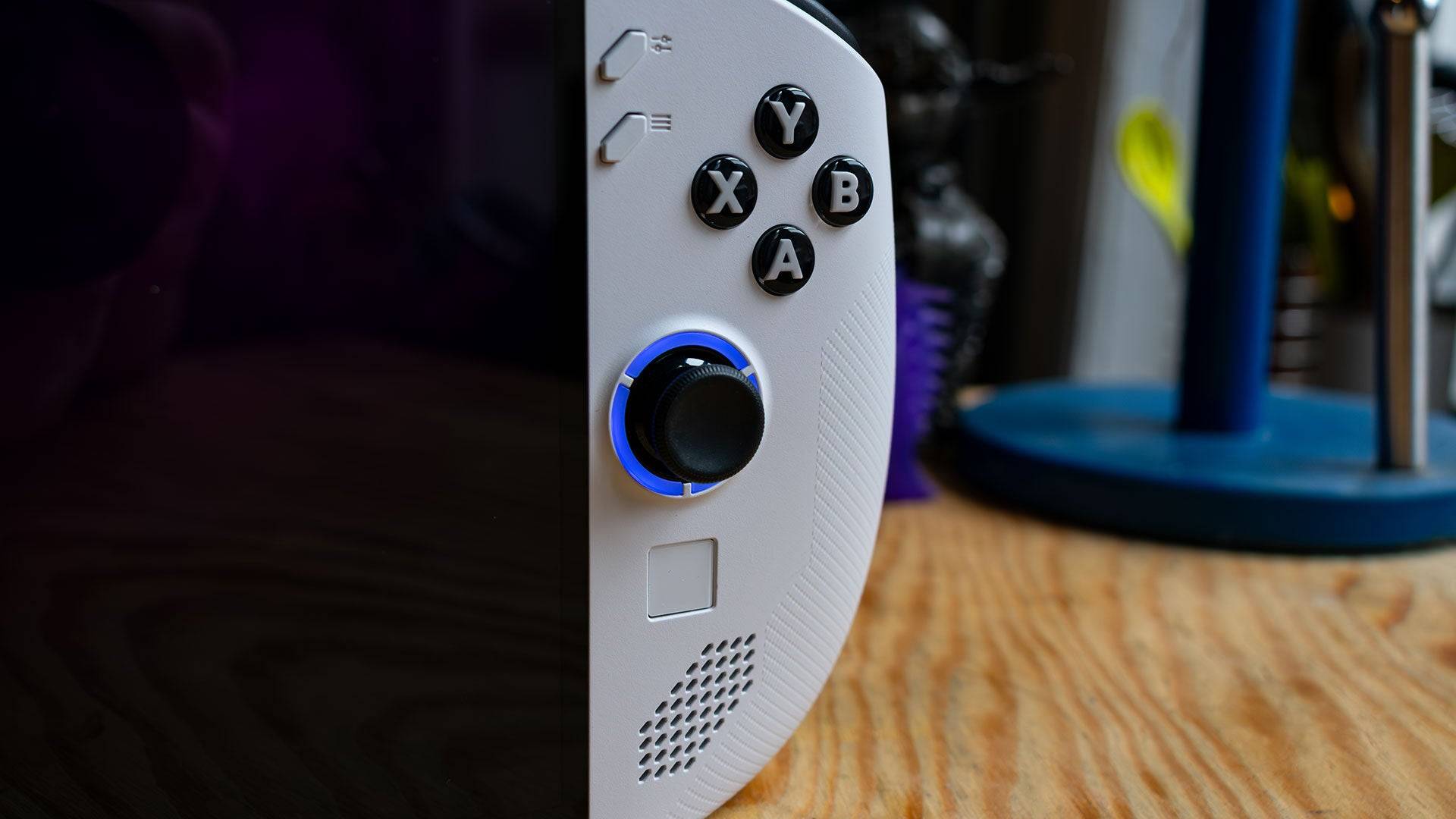 7 Images
7 Images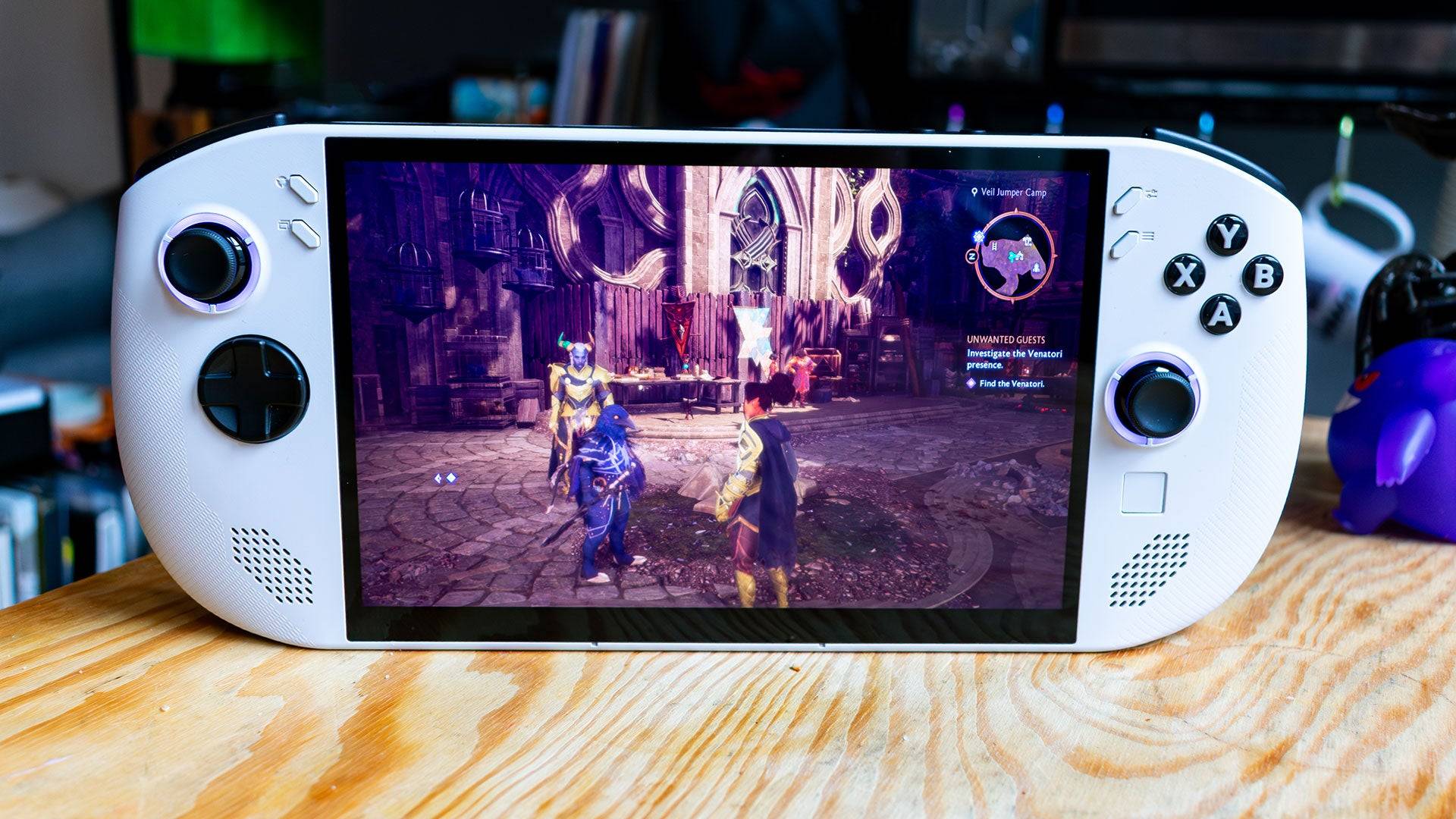
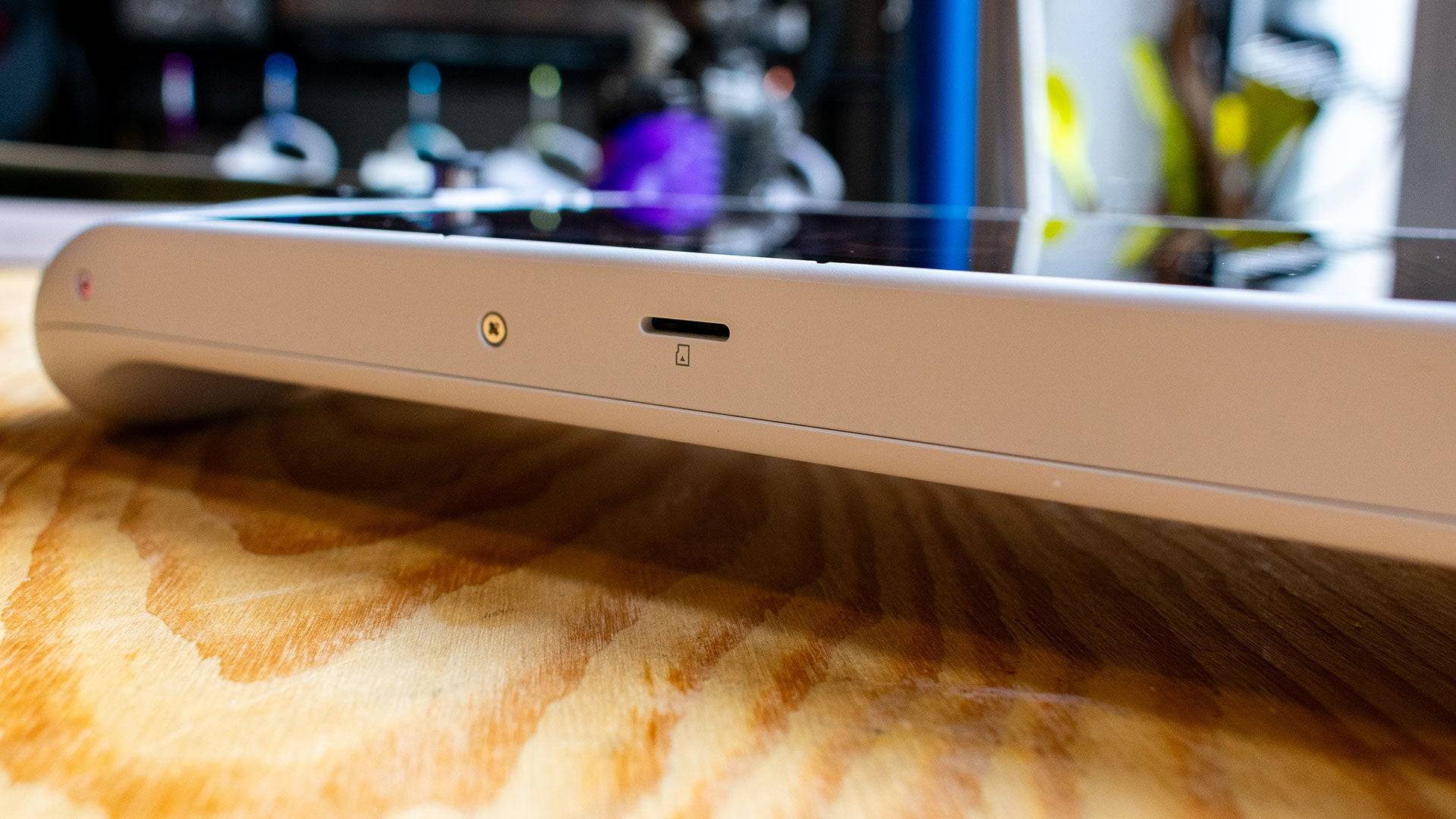
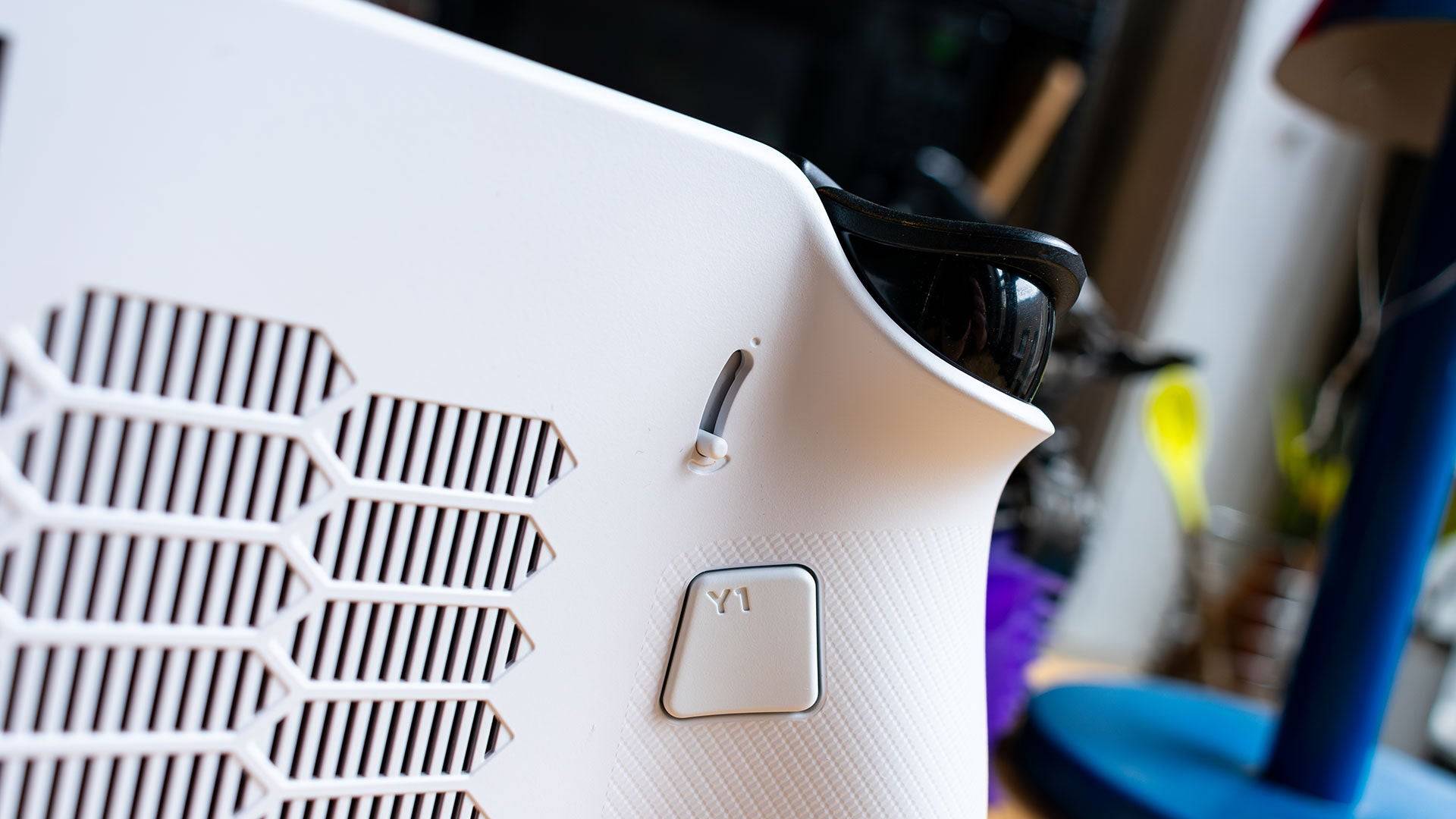
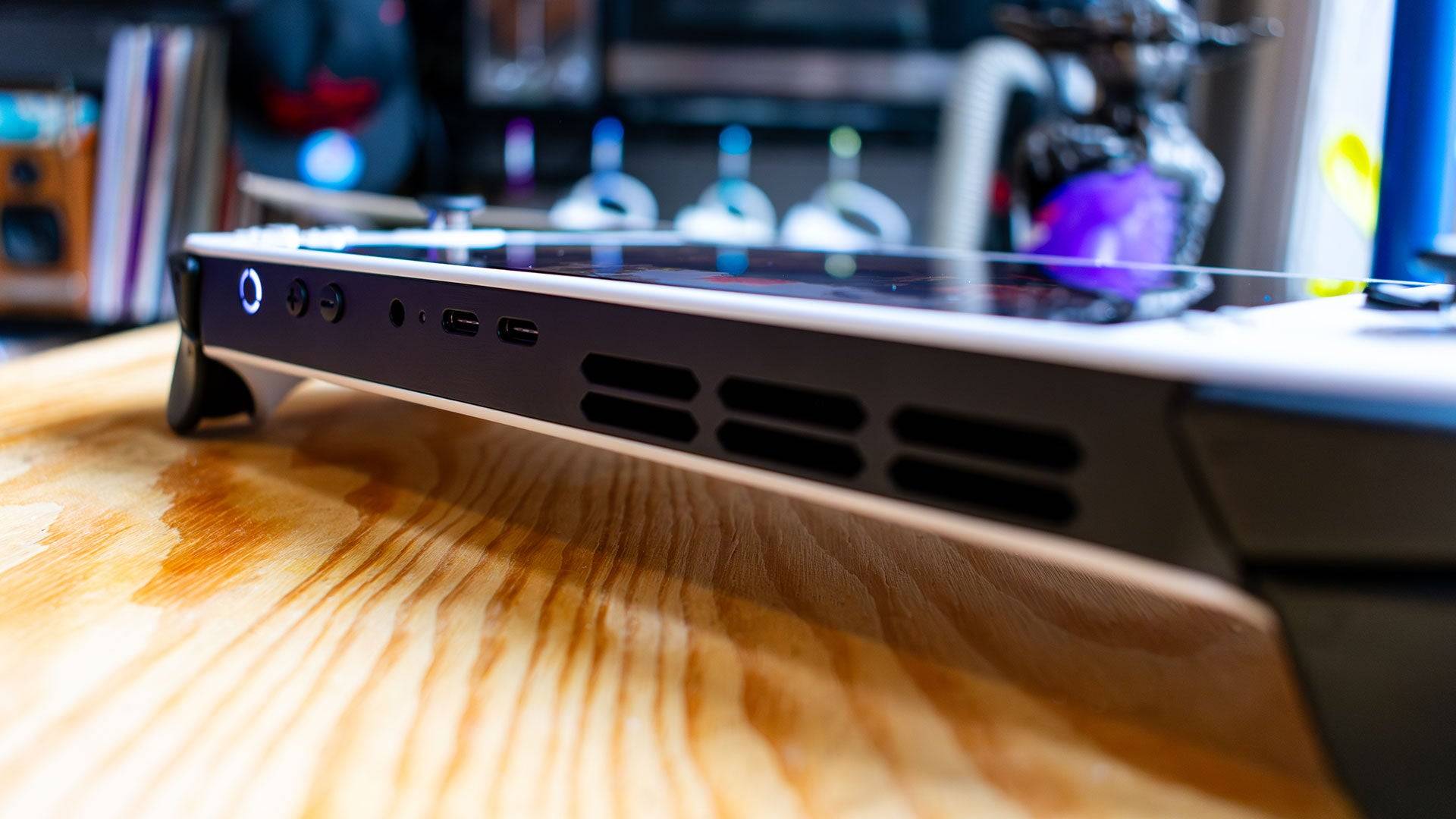 Lenovo Legion Go S – Design
Lenovo Legion Go S – Design
The Lenovo Legion Go S adopts a design more akin to the Asus ROG Ally than the original Legion Go, opting for a single unit rather than detachable controllers. This streamlined design not only simplifies usage but also enhances comfort, thanks to its rounded edges. Despite its ergonomic design, the Legion Go S is quite heavy at 1.61 pounds, slightly lighter than the original Legion Go but heavier than the Asus ROG Ally X.
The device boasts a stunning 8-inch, 1200p IPS display with a brightness of 500 nits. The vividness of the screen is exceptional, enhancing the gaming experience in titles like Dragon Age: The Veilguard and Horizon Forbidden West. The Legion Go S's visual quality is top-notch, surpassed only by the Steam Deck OLED.
Available in Glacier White and Nebula Nocturne (the latter exclusive to the SteamOS version coming in 2025), the Legion Go S also features customizable RGB lighting around its joysticks. The button layout is more intuitive than its predecessor, with standard placement of 'Start' and 'Select' buttons, though the added Lenovo menu buttons may take some getting used to.
The touchpad, a feature carried over from the original Legion Go, is significantly smaller, making Windows navigation more challenging. However, these issues should be mitigated with the SteamOS version, designed for controller-based navigation.
Additional features include programmable 'paddle' buttons on the back, adjustable trigger travel distance, and two USB 4 ports on the top. The placement of the MicroSD card slot on the bottom of the device is somewhat inconvenient, particularly for docked use.
Purchasing Guide
The Lenovo Legion Go S reviewed here is available starting February 14 for $729.99, featuring a Z2 Go APU, 32GB of LPDDR5 RAM, and a 1TB SSD. A more budget-friendly option with 16GB of RAM and a 512GB SSD will be released in May for $599.99.
Lenovo Legion Go S – Performance
Powered by the new AMD Z2 Go APU, the Legion Go S offers solid but not groundbreaking performance. With a Zen 3 processor and RDNA 2 GPU, it falls behind the original Legion Go and the Asus ROG Ally X in benchmark tests. The battery life, at 4 hours and 29 minutes, is also slightly less than the original Legion Go despite a larger battery, likely due to the less efficient Zen 3 CPU.
In gaming, the Legion Go S performs adequately, slightly outperforming its predecessor in some titles like Hitman: World of Assassination. However, in more demanding games like Total War: Warhammer 3 and Cyberpunk 2077, it struggles to maintain high frame rates at 1080p. Lowering the resolution to 800p and using medium settings allows for a smoother experience, with most AAA games running comfortably at 30-40 fps.
The Legion Go S excels with less demanding games like Persona 5, where its vibrant display shines and performance remains stable.
Wait, It’s More Expensive?
Despite its smaller size and less powerful APU, the Lenovo Legion Go S is priced at $729, higher than the original Legion Go's starting price of $699. This pricing seems counterintuitive until you consider the higher memory and storage specs, with 32GB of LPDDR5 RAM and a 1TB SSD. While this extra memory could be beneficial with a more powerful GPU, it feels unnecessary with the current setup, especially given the slower memory speed compared to the original Legion Go.
Adjusting the BIOS to allocate more memory to the frame buffer can improve performance, but this process is not user-friendly, especially for those unfamiliar with BIOS settings. A more practical approach would have been to optimize these settings out of the box.
Overall, the current configuration of the Lenovo Legion Go S feels unbalanced for its price. However, the upcoming $599 version with 16GB of RAM in May offers better value, making it a more compelling option in the handheld gaming market.


 7 Images
7 Images


 Lenovo Legion Go S – Design
Lenovo Legion Go S – Design LATEST ARTICLES
LATEST ARTICLES 












